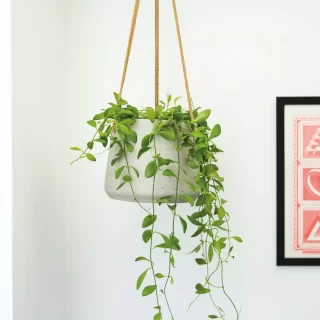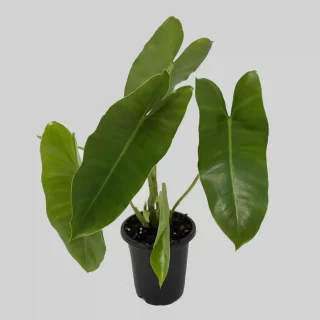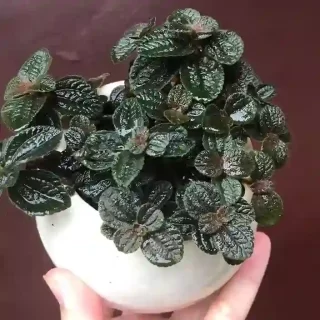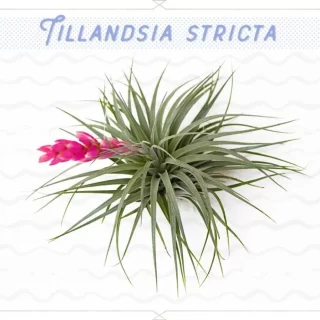Ginkgo Biloba- Rare
Original price was: ₹1,690.00.₹872.10Current price is: ₹872.10.
Out of stock
Email when stock available
Single plant | Free Shipping | Pot included
- Oldest species on earth dinosaur use to eat this plants
- People belive if u keep this plants in ur home or garden this plants keep away negative energy n helps ur children for brain development
- Rare n lucky best for bonsai
What Are Ginkgo Trees?
Ginkgo trees (Ginkgo biloba), also known as maidenhair trees, are native to deciduous forests in China. This ornamental tree was brought to North America in the late-eighteenth century. As the only living species belonging to the Ginkgoaceae family, ginkgo trees are considered living fossils because they’ve changed very little over the course of 200 million years. Ginkgo leaves are fan-shaped and display bright yellow fall colors in autumn.
How to Grow Ginkgo Trees
With the right growing conditions, Ginkgo biloba trees can live for over a thousand years.
- 1. Plant your ginkgo tree in full sun or partial shade. Ginkgo trees are excellent shade trees that thrive in full sun. Choose a planting location that receives at least four hours of sunshine every day.
- 2. Fertilize the planting hole. Before planting your new ginkgo tree, place a small amount of fertilizer in the planting hole to encourage growth.
- 3. Choose a location with well-draining soil. Ginkgo trees grow well in acidic, moist, and sandy soil. Ginkgo trees are a good option for coastal properties. Ginkgo trees also work well as street trees in cities because they are resistant to air pollution.
- 4. Give your ginkgo tree space. Ginkgo trees reach a mature height of over fifty feet and a width over thirty feet. If you’re planting more than one ginkgo tree, space them out with enough room to grow.
- 5. Avoid planting ginkgo trees in dry climates. Ginkgo trees do best in USDA hardiness zones four through nine. Although mature ginkgo trees are fairly drought-tolerant, they struggle to grow in consistently hot, dry climates.
- 6. Be patient. It takes up to twenty years for ginkgo trees to reach maturity. If you need a hedge or windbreak in the short term, consider planting a different tree species.
How to Care for Ginkgo Trees
Ginkgo trees are resilient plants that require minimum care after reaching maturity.
- 1. Regularly water young trees. During your ginkgo tree’s first growing season, water it several times a week. Once established, ginkgo trees survive without regular watering.
- 2. Prune your ginkgo tree annually. To help your tree thrive, use clean, sharp shears to prune competing branches on your ginkgo tree during its dormancy in late winter.
- 3. Lay down mulch around your tree’s base. If you plant a ginkgo tree in a grassy lawn, consider placing wood chips around the base of your tree to give it space to breathe.
- 4. Choose an appropriate variety. Ginkgo trees are dioecious plants with separate male trees and female trees. Female ginkgos create ovules that drop seeds that may have an unpleasant odor. Male ginkgos produce pollen that can aggravate allergies. Some popular male cultivars include ‘Autumn Gold’ and ‘Princeton Sentry.’ There are also smaller cultivated varieties used in bonsai gardens.
Only logged in customers who have purchased this product may leave a review.












 If you need any assistance, I'm always here. Have you found what you were looking for?
If you need any assistance, I'm always here. Have you found what you were looking for?
Reviews
There are no reviews yet.